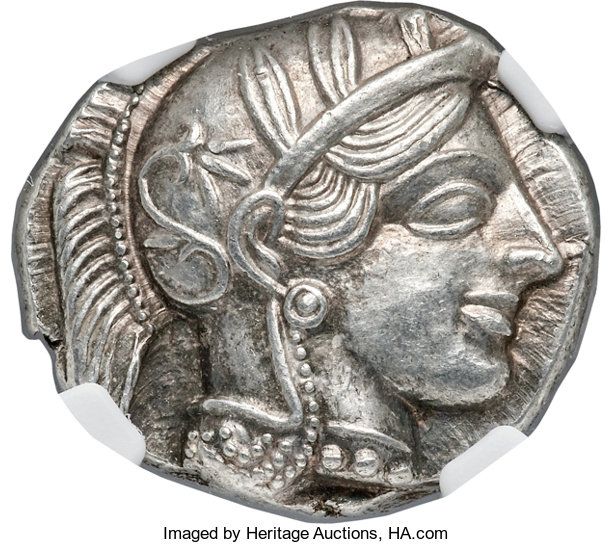Ancient Coins: Exploring the World's Oldest Currencies
Coins Through the Ages: Economics, Artistry, and Influence in Ancient Civilizations

Ancient coins are small, typically round pieces of metal that were used as a medium of exchange in various ancient civilizations.
They often carry significant historical, cultural, and artistic value and provide a tangible connection to the distant past.
Before coins, various objects and commodities were used for trade, such as shells, salt, or even livestock. The invention of coinage marked a turning point in economic history, allowing for a standardized means of exchange that could be controlled by states or empires. This ancient currency laid the groundwork for modern money and played a pivotal role in shaping societies and economies.
Understanding ancient coins is more than just a study of old metal pieces; it's an exploration into the very roots of modern economics. Coins were the catalyst for many significant changes, such as the development of markets, standardized value, and governmental control over money supply. Analyzing them offers profound insights into the economic, political, and social dynamics of the ancient world.
Ancient coins are windows to the past, reflecting the economic strategies, political ideologies, artistic expressions, and cultural norms of different periods and civilizations. This article will demonstrate how these timeless artifacts continue to inform our understanding of history and inspire ongoing research and discovery.
The Birth of Coinage
Trade has been a fundamental part of human societies since prehistoric times. Early trade often took the form of bartering, where goods and services were exchanged directly without a standardized medium. From cattle and grain to precious stones and metals, various objects were used to facilitate transactions, but this system was inherently limited, often resulting in complex negotiations and inequities.
As trade networks expanded and economies grew more complex, there was a need for a more standardized and flexible medium of exchange. Metal, being durable and divisible, became a logical choice. Early metal money was often unshaped lumps or ingots, weighed out for each transaction, but it laid the groundwork for the development of true coinage.
First Known Coins - Lydia, 7th Century BCE

The kingdom of Lydia, in modern-day Turkey, is credited with introducing the world's first coins in the 7th century BCE. These coins were made from a naturally occurring alloy of gold and silver called electrum. The Lydian lion, one of the first coin designs, symbolized strength and pride, setting a precedent for later coins to carry images representing the issuing authority.
The idea of coinage quickly spread from Lydia to neighboring regions, including ancient Greece and Persia. By the 6th century BCE, coinage had become a standard practice in the Mediterranean world and beyond. The consistent shape, weight, and value of coins greatly simplified trade, transcending language and cultural barriers and paving the way for an interconnected economic landscape.
This transformation marked a new era of economic evolution. Coins enabled the ancient civilizations to conduct business with an efficiency and uniformity previously unseen, fostering growth, prosperity, and the rise of powerful empires.
Coins in Ancient Civilizations
Greece
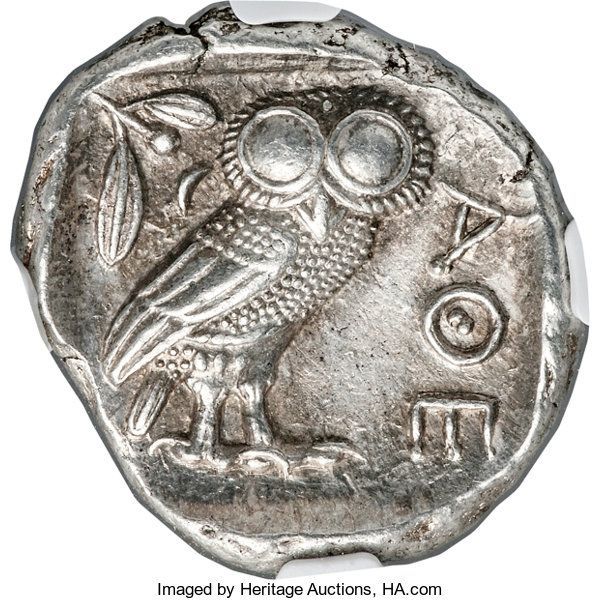
- Variety of Coins: Ancient Greece was a collection of city-states, each minting its own coins. With diverse depictions of gods, heroes, and symbols, Greek coins were rich in variety.
- Role in City-States: Coins played an integral role in the city-states, facilitating trade, paying soldiers, and symbolizing civic pride.
- Depictions and Symbolism: Greek coins often depicted gods, mythological creatures, and famous leaders, reflecting cultural beliefs, values, and historical events.
Rome
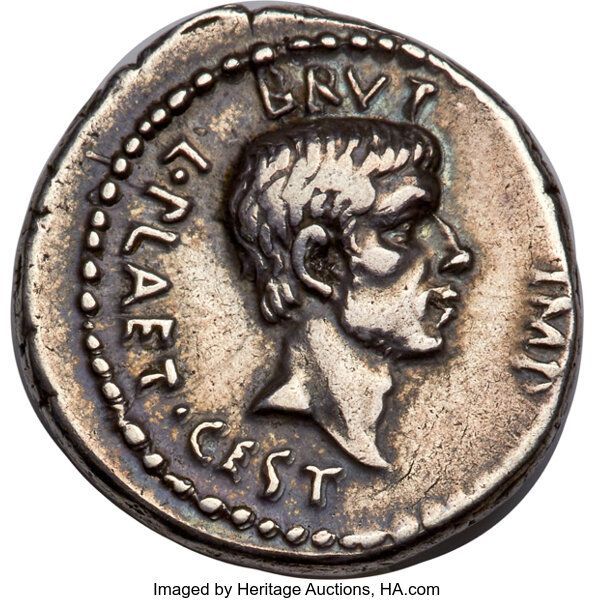
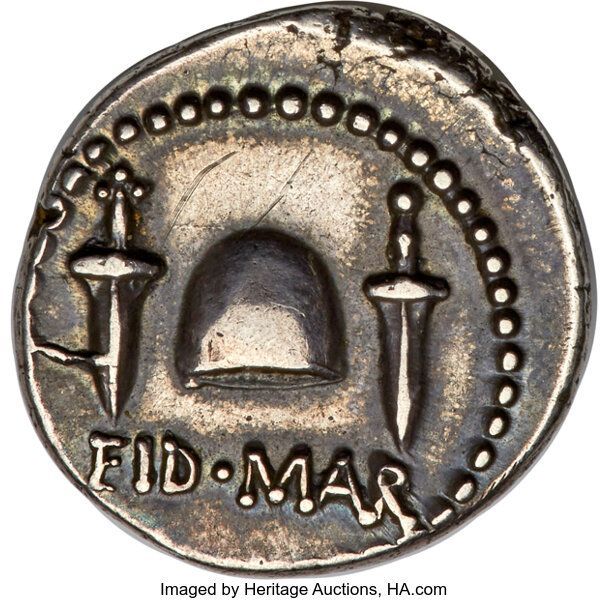
- Evolution of Roman Coinage: From early cast bronze to imperial gold and silver, Roman coins evolved alongside the expansion of the empire.
- Imperial Coins: Emperors often used coins to promote their reign, with imagery reflecting military victories or political ideologies.
- Economic Implications: Roman coins were essential in trade across the vast empire, impacting taxation, inflation, and economic policies.
China

- Early Chinese Coinage: China's history of coinage dates back to the Zhou dynasty, with early coins often shaped like tools or weapons.
- Innovations in Metalwork: Chinese metallurgy played a significant role in coin production, introducing innovations such as the casting method.
- Influence on Far Eastern Economies: Chinese coins influenced neighboring regions, including Korea, Japan, and Vietnam, shaping the economic landscape of the Far East.
India
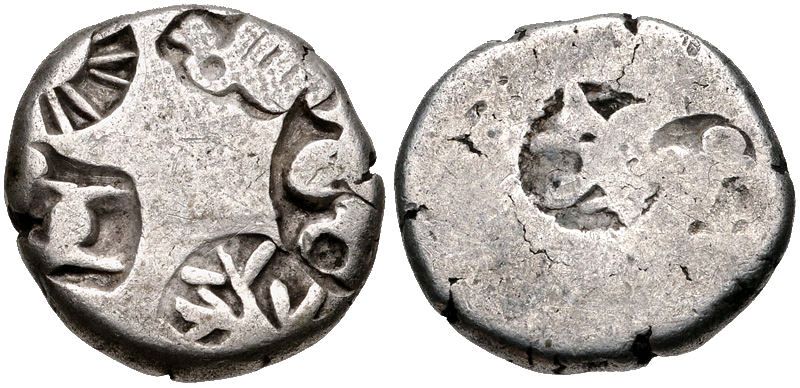
- Indus Valley Civilization: The Indus Valley Civilization had a complex system of weights and measures, hinting at an early form of trade.
- Mauryan and Gupta Coins: Coins from the Mauryan and Gupta periods showcased intricate designs, reflecting both artistic prowess and economic strength.
- Artistic Representations: Indian coins often featured images of deities, kings, and symbols, carrying deep religious and cultural significance
Other Notable Civilizations
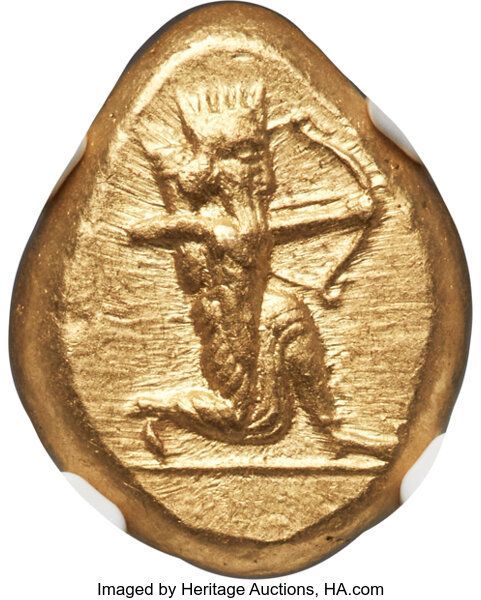
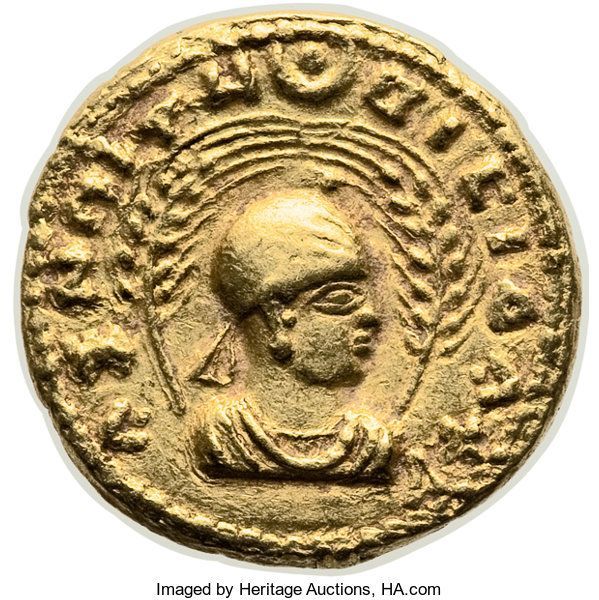
- Persia: Persian coinage, known for its quality and aesthetic appeal, played a role in the Achaemenid Empire's economic system.
- Mesopotamia: While not known for an extensive coinage system, Mesopotamia's trading practices laid the groundwork for later monetary systems.
- Africa: Ancient African civilizations, such as the Kingdom of Aksum, had their unique coins, reflecting regional culture and trade practices.
- Pre-Columbian Americas: Civilizations like the Maya and Aztec did not use coins in the traditional sense but had complex trading systems involving cacao beans, textiles, and other goods.
These diverse practices demonstrate how coins were not merely tools of trade but embodied the political, cultural, and economic essence of the societies that created them.
Techniques and Artistry
The materials used in ancient coins varied greatly, reflecting the availability of resources and the economic status of the issuing authority. Gold, silver, and copper were the most common metals, each with its symbolism and value.
Gold often symbolized divinity and purity, silver was associated with trade and everyday transactions, and copper was used for lower-value coins.
The minting of coins in the ancient world was a combination of art and science. Methods ranged from simple hammering techniques to intricate casting and engraving. Innovations in minting technology allowed for the mass production of coins, contributing to their widespread use.
Artistic Elements and Iconography
The designs and images found on ancient coins were far more than mere decoration. They conveyed messages about the rulers, gods, or states that issued them. Iconography on coins provided insights into the self-image of a civilization, its values, achievements, and aspirations.
Coins often served as miniature billboards for religious beliefs and political ideologies. Whether depicting a patron deity or glorifying a ruler's military triumph, the imagery on coins was a powerful medium of communication, reaching every stratum of society.
The design of coins evolved over time, reflecting changes in artistic styles, political regimes, and societal norms. From the primitive designs of the earliest coins to the sophisticated portraiture of the Roman emperors, the artistry of coins is a fascinating record of human creativity and cultural evolution.
In a time without newspapers or mass media, coins were a universal medium that transcended language barriers. They were works of art in miniature, bearing messages that continue to resonate and inform our understanding of ancient cultures.
Economic Impact
Coins revolutionized ancient trade by providing a standardized and widely accepted medium of exchange. This made transactions smoother and more efficient, opening new markets and fostering commercial growth across regions.
Before coins, assessing the value of traded goods was often complicated and arbitrary. Coins introduced a standardized value system, making pricing transparent and consistent. This standardization played a crucial role in shaping complex economies and financial systems.
Ancient governments and rulers used coins to control economic activities within their realms. Taxes, tariffs, and monetary standards were enforced through coins, demonstrating an early understanding of economic regulation and macroeconomic management.
Emperors, kings, and rulers used coins to assert authority, promote ideologies, or commemorate victories. These political messages reached a wide audience, strengthening centralized control and the unity of empires.
Influence on Modern Economics
The principles established by ancient coinage continue to influence modern economics. The concepts of fiat money, centralized banking, and monetary policy can all trace their roots to ancient practices.
The study of ancient coins offers valuable insights into how our current economic systems were shaped and evolved over millennia.
The economic impact of ancient coins extends beyond mere trade and commerce. They were integral to shaping economies, promoting political agendas, and laying the foundations for modern financial principles and policies.
Their influence transcends time, linking the past to the present and providing a tangible connection to the evolution of human society.
Preservation and Archaeology

Ancient coins are often uncovered during archaeological excavations, providing vital clues about the sites' historical context. Sometimes, accidental discoveries by farmers or construction workers lead to significant findings.
The locations and conditions of these coins can reveal trade routes, settlement patterns, and historical connections between regions.
Preserving ancient coins requires specialized techniques to prevent further deterioration. Cleaning, stabilizing, and storing them in controlled environments ensures that these valuable artifacts remain intact for future study and display. Various chemical and physical methods are employed to remove encrustations and conserve the original appearance of the coins.
Coins are valuable tools for historical research, often offering information not found in written records. The imagery, inscriptions, metallurgy, and wear patterns can provide insights into political systems, economic practices, cultural beliefs, and technological advancements of ancient civilizations.
Notable Collections and Museums
Many museums and private collections around the world house impressive assortments of ancient coins. Collections such as those in the British Museum, the Louvre, and the American Numismatic Society offer glimpses into the diverse world of ancient coinage, drawing scholars and enthusiasts alike.
Ancient coins are not merely objects of monetary value; they are historical treasures that provide a tangible link to our ancestors. Through careful preservation and study, they continue to enlighten us about the complexity and richness of ancient civilizations, contributing to our understanding of human history.
Echoes Through Time: The Lasting Impact of Ancient Coins
Ancient coins offer an intricate and captivating glimpse into the world's oldest currencies. From their origin in the kingdom of Lydia to their role in facilitating trade, standardizing value, and shaping economic and political landscapes, coins have been instrumental in human civilization.
Their artistry, symbolism, and evolution reflect the diversity and complexity of the societies that created them.
More than just metal objects, ancient coins serve as windows into the past, unveiling stories of rulers, deities, victories, and everyday life. They bridge the gap between history and art, economics and politics, connecting us to our shared human heritage.
The study of ancient coins is far from complete. Many unanswered questions remain, and ongoing research continues to uncover new facets of these historical artifacts. The technological advancements in archaeology and numismatics open exciting possibilities for future discoveries.
The world of ancient coins is a rich and multifaceted field that continues to intrigue scholars, collectors, and history enthusiasts alike. They are timeless reminders of human ingenuity, ambition, and cultural expression.
The legacy of ancient coins endures, echoing through the ages and reminding us of the intricate tapestry of human history that has shaped our modern world.

